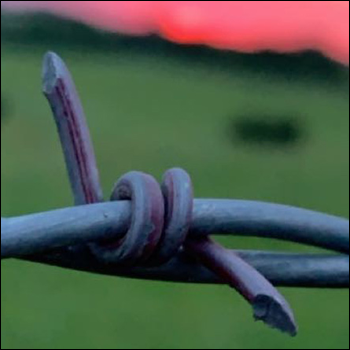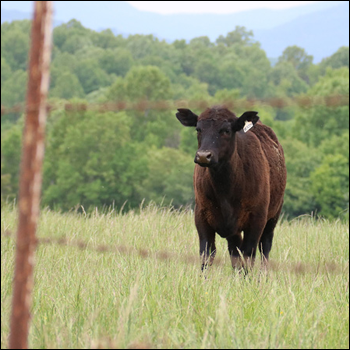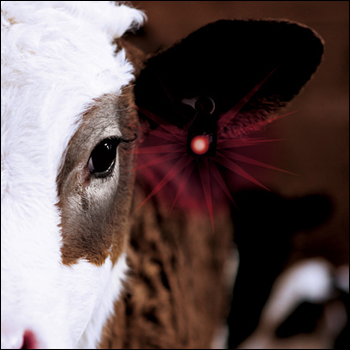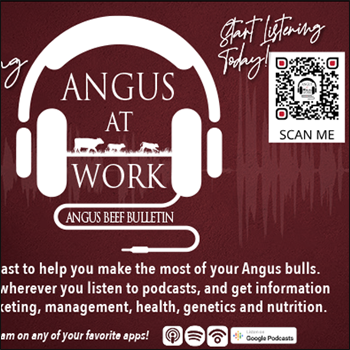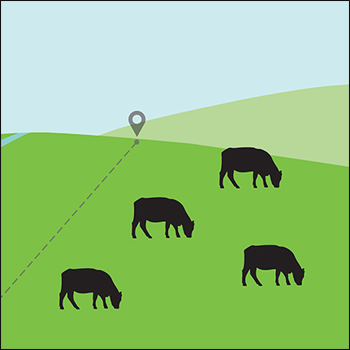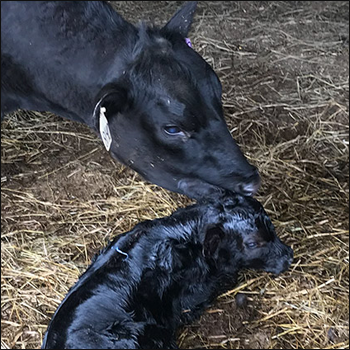
Association Perspective
Creative solutions to stay ahead of drought.
Drought — the word we seem to hear more and more every single year. Drought is affecting producers stretched across more regions and time zones than ever before, and we must use creative solutions to maintain the cow herd and profitability. It’s important to remember to make decisions based on evidence and objectivity, not based on our fear or emotions. If drought is the new normal, why not establish practices in advance so the commercial producer is prepared?
So how is drought affecting the cow herd? The lack of quality feed available during a drought can cause a decrease in reproductive efficiency in the cow herd. A lactating cow will allocate nutrient resources toward milk production, while body condition and reproduction take a backseat.
How do we prepare ourselves for this problem? One of the simplest ways to reduce nutrient requirements for a cow is to wean the calf. Weaning the calf early can decrease nutrient requirements of the cow by as much as half. When lactation is removed from the equation, the cow can allocate available nutrient resources to improving body condition and a healthy pregnancy, all while consuming less feed. This decreased nutrient requirement level also allows for higher rates of successful breeding in the cow herd. Although early weaning may affect calf weights, it is better to wean a smaller calf than to end up with an open cow.
Another way the commercial producer can prepare for drought is to tighten the breeding window. This leads to preg-testing earlier, which then allows the producer to manage their open cow inventory to maximize feed resources.
You may be wondering why supplemental feeding hasn’t been mentioned as a part of this solution. While supplementing feed can be valuable for your calf crop, it still does not remove the lactation pressure from your cow herd. Data show that early-weaned calves still have a high efficiency for feed-to-calf gain. If your resources allow, retaining these calves may prove beneficial when it comes time to market due to this high-efficiency time.
Weaning calves early may not work for every producer, but it is worth a conversation to be prepared for every scenario. Reproductive efficiency and consistency are some of the most important traits of a cow herd, and commercial producers should know every option in their arsenal to maintain this trait.
Editor’s note: Jared Patterson is the regional manager for Region 12, including Hawaii, Idaho, Oregon and Washington. Visit here to find the regional manager for your state.

Angus Proud
In this Angus Proud series, Editorial Intern Jessica Wesson provides insights into how producers across the country use Angus genetics in their respective environments.
 Angus Proud: Scott Sproul
Angus Proud: Scott Sproul
Oklahoma operation learned wisdom of moving calving season to better suit their marketing needs.
 Angus Proud: Bubba Crosby
Angus Proud: Bubba Crosby
Fall-calving Georgia herd uses quality and co-ops to market calves.
 Angus Proud: Jim Moore
Angus Proud: Jim Moore
Arkansas operation retains ownership through feeding and values carcass data.
 Angus Proud: Les Shaw
Angus Proud: Les Shaw
South Dakota operation manages winter with preparation and bull selection.
 Angus Proud: Jeremy Stevens
Angus Proud: Jeremy Stevens
Nebraska operation is self-sufficient for feedstuffs despite sandy soil.

